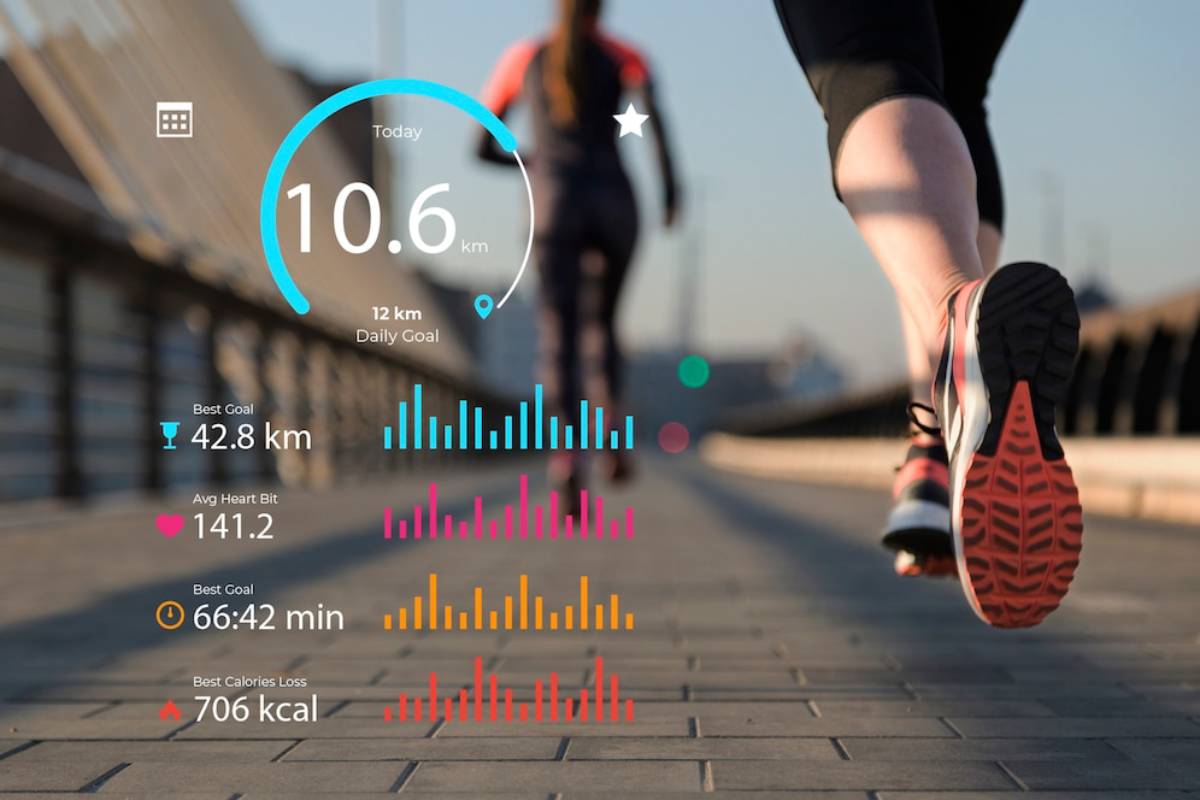
How to Track and Celebrate Your Fitness Progress
In the crowded workout space, monitoring your journey ahead is crucial. It keeps you motivated and helps you achieve your goals. Whether you are a seasoned athlete or a beginner, tracking your progress is crucial. Celebrating your wins can greatly boost you in your fitness journey. In this guide, you will learn about fitness tracking. You will also discover how to set workout goals and celebrate your milestones. You are going to get expert tips and practical advice to help you maximise your fitness journey.
Understanding the Core
Tracking fitness progress involves more than just recording your weight or the number of steps you take each day. It takes a complete view of your physical activity and health. This includes monitoring strength, endurance, flexibility, and your overall well-being. Set clear workout goals and celebrate your achievements. This boosts your motivation and helps you build a fun, lasting fitness routine.
Monitoring your fitness progress isn’t just about tracking your weight and daily steps. It offers a holistic perspective on your exercise and health. From monitoring strength, endurance, and flexibility to general well-being. Have specific things to work on and celebrate when you achieve them. This adds to your motivation and helps you establish a fun, sustainable fitness regimen.
The Importance of Fitness Tracking
Fitness tracking serves several essential purposes:
- Accountability: Keeping track of your workouts holds you accountable. This makes sure you stay on course with your fitness plan.
- Motivation: Seeing tangible progress can boost your morale and encourage you to push further.
- Insight: Tracking provides valuable insights into what works and what doesn’t. You can tailor your routine for better results.
- Health Monitoring: Regular tracking helps you monitor health metrics contributing to overall wellness. These metrics may include heart rate, sleep patterns, and calorie intake.
Setting Workout Goals

Setting achievable workout goals is a fundamental step in any fitness journey. Goals should be:
- Specific: Clearly define what you want to achieve. It could be running a 5k, lifting a certain weight, or improving flexibility.
- Measurable: Ensure your goals can be quantified, allowing you to track progress accurately.
- Achievable: Set realistic goals that challenge you without being unattainable.
- Relevant: Align your goals with your overall fitness aspirations and lifestyle.
- Time-bound: Establish a timeline for achieving your goals to maintain focus and urgency.
Celebrating Progress
Celebrating your fitness milestones is as important as the hard work you put in. It reinforces positive behaviour and provides a sense of accomplishment. Celebrations can be small, like getting a new workout outfit, or big, like a weekend getaway. The key is to choose rewards that are meaningful and motivating to you.
Pro Tip: Regular tracking is essential for accurate progress assessment.
Quick Guide / Checklist
Here’s a handy checklist to track and celebrate your fitness progress:
- Set Clear Goals: Define specific, measurable, achievable, relevant, and time-bound goals.
- Use Fitness Trackers: Use devices or apps to monitor your workouts, nutrition, and health metrics.
- Record Progress: Keep a detailed log of your activities and achievements.
- Analyse Data: Regularly review your progress to identify trends and areas for improvement.
- Celebrate Milestones: Acknowledge your achievements with meaningful rewards.
- Adjust Goals: Reassess and adjust your goals as needed to keep challenging yourself.
Important: While tracking is beneficial, over-analysing can lead to burnout. Balance is crucial.
Step-by-Step Guide (How to Practise)
1. Set Your Fitness Goals
Start by defining what you want to achieve. For example, if you want to boost your heart health, try running a specific distance in a set time. Write down your goals and ensure they are specific and measurable.
2. Choose the Right Fitness Tracker
Select a fitness tracker or app that aligns with your goals. Popular options are Fitbit, Garmin, and MyFitnessPal. They each have unique features. For example, Fitbit tracks your heart rate. Garmin counts your steps. MyFitnessPal helps with calorie tracking. Ensure the device or app is user-friendly and compatible with your lifestyle.
3. Record Your Workouts
Keep a record of your workouts. Note the duration, intensity, and type of exercise each time. This data will help you track progress and identify patterns. Many fitness apps offer automatic tracking features, simplifying this process.
4. Review and Analyse Your Data
Regularly review your data to assess progress. Check for trends like better endurance or more strength. Also, find spots where improvement is needed. Use this information to adjust your routine and set new goals.
5. Celebrate Your Achievements
As you reach milestones, take time to celebrate. Choose rewards that motivate you, such as a spa day, new fitness gear, or a night out with friends. Celebrating reinforces positive behaviour and keeps you motivated.
6. Reassess and Adjust Goals
Periodically reassess your goals to ensure they remain relevant and challenging. As you progress, you may need to set new targets to continue your fitness journey.
Secret Tip: Be open to adjusting your goals and methods as you learn what works best for you.
Best Practices & Additional Insights

- Incorporate Variety: Mixing up your routine with different exercises. This can prevent boredom and enhance overall fitness.
- Seek Professional Guidance: Consider consulting a fitness professional for personalised advice and support.
- Stay Informed: Keep up-to-date with the latest fitness trends and research to optimise your routine.
- Focus on Overall Health: Fitness isn’t just about looks. It’s also about boosting your overall health and well-being.
Note: Don’t wait for major milestones to celebrate. Acknowledge small victories to maintain motivation.
FAQs
What is the best way to track fitness progress?
To track fitness progress, use a mix of methods. Fitness trackers, workout logs, and regular health assessments all help. Choose tools that align with your goals and lifestyle.
How often should I reassess my fitness goals?
Reassessing your fitness goals every three to six months is advisable. This allows you to adjust your targets based on progress and any changes in your fitness level or lifestyle.
Why is celebrating fitness progress important?
Celebrating fitness progress is key. It helps reinforce good habits, boosts motivation, and gives a sense of achievement. It helps maintain enthusiasm and commitment to your fitness journey.
Conclusion: Embrace Your Fitness Journey with Consistency and Celebration

Tracking and celebrating your fitness success is crucial in any fitness journey. Define your goals, measure your progress, and reward yourself for your success. This will encourage you and lead to success in the long run. As you work toward your fitness goal, remember to give yourself credit, even if it feels small. So set your fitness goals and determine what you want to track and why, and get started today! Celebrate your achievements and enjoy the journey toward a healthier, happier you.
Ready to take the next step? Explore our range of fitness trackers and apps to find the perfect fit for your lifestyle. Start tracking your progress today and celebrate every milestone along the way!
